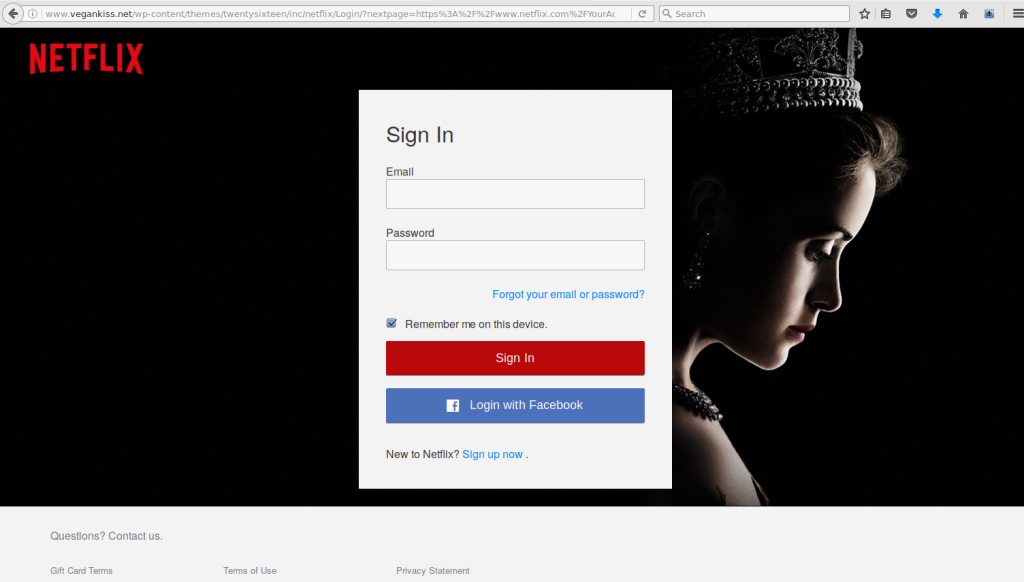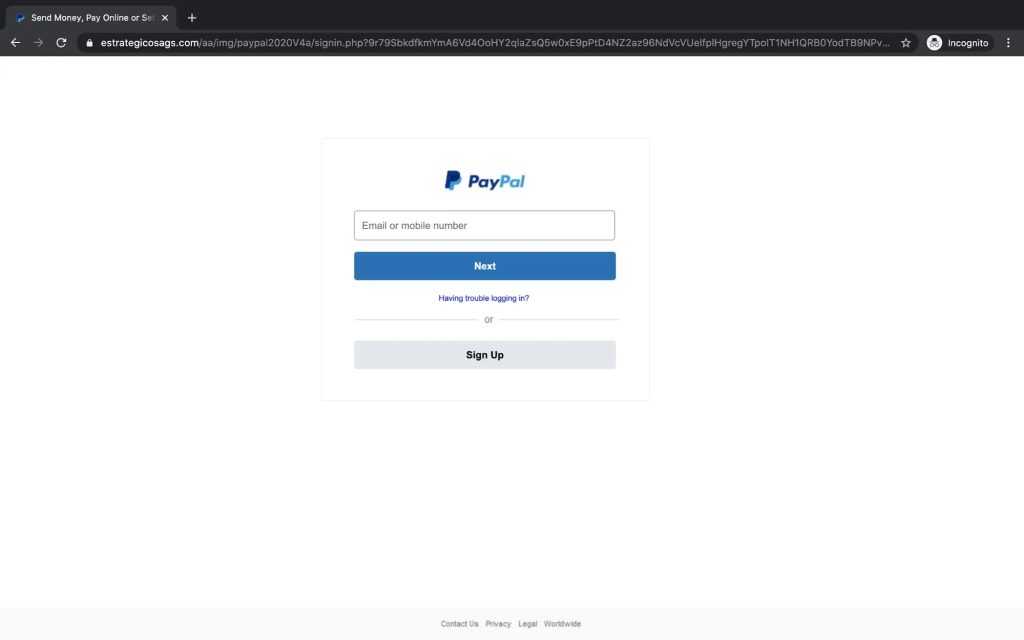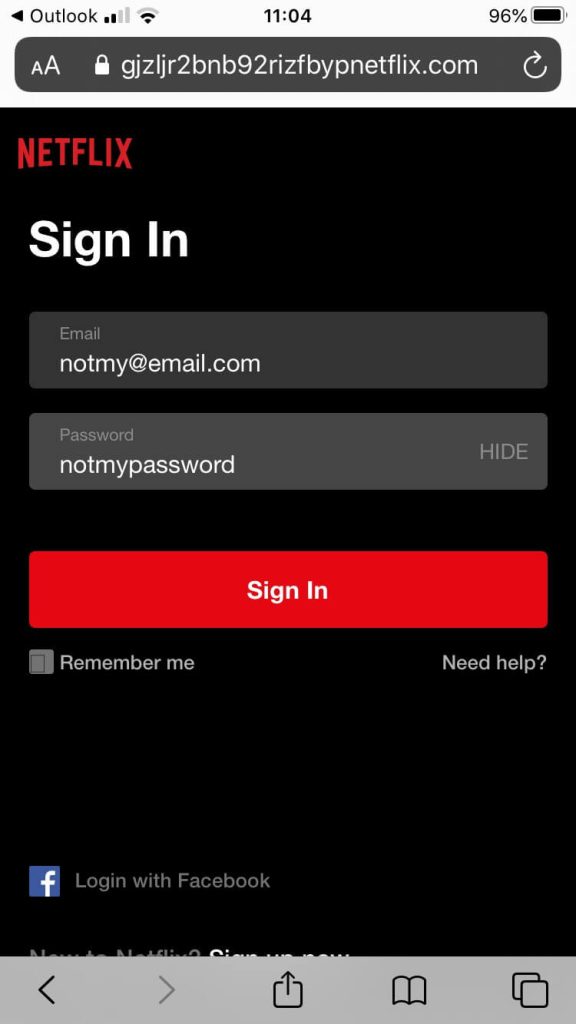Can you spot three fake websites and compare the three fake websites to three real websites, plus showcase what makes the fake websites fake?
Below are three examples of screenshots of fake websites pretending to be real websites that I found on the internet:

One of the most telltale signs of a fake website is the presence of suspicious domains and/or subdomains (e.g., netflix.com, gmail.com, paypal.com, etc.). In the example above, an unsuspecting person browsing the internet may not even realize they are logging into a fake Netflix website, potentially giving another person or other people access to their personal information. The major issue with this website is its domain: vegankiss.net, which is not a traditional domain or URL used for Netflix. Another significant indicator that this website is fake is the absence of an SSL certificate. There is no ‘https://’ in the URL, and the padlock that typically appears to the left of ‘https://’ is also missing.
Here is another good example of a fake Netflix website, but on the phone. Everything looks pretty much the same in terms of the user interface, resembling how Netflix appeared at the time. However, the domain is incorrect. Despite containing netflix.com, it is not legitimate due to the multitude of additional letters and numbers preceding it. This website does have a padlock, although, which could be misleading for someone who is not familiar with these deceptive practices.

Lastly, this displays an image of a fake PayPal website. PayPal is commonly used for online transactions, making this potentially more serious. Like the others, the user interface for this fake site looks identical to the real PayPal. The caption in the tab on the top-left is also identical, and there is a padlock that could falsely depict it as a safe website. However, once again, the domain/URL does not reflect that of the real PayPal. Someone who is not familiar with these types of scams could easily fall for this, as they may not know to check the URL.
The aforementioned examples share the same discrepancy, but all of the following are indicative signs of a fake website:
- Poor grammar within the website’s messages and/or UI
- Low-quality graphics
- Absence of an SSL certificate
- Limited payment options (for example, if a site only accepts BTC or only accepts cryptocurrencies)
- Issues with the domain, subdomain, or URL
- Lack of contact information
All of the aforementioned could be considered telltale signs that an individual may be accessing a fake website.

